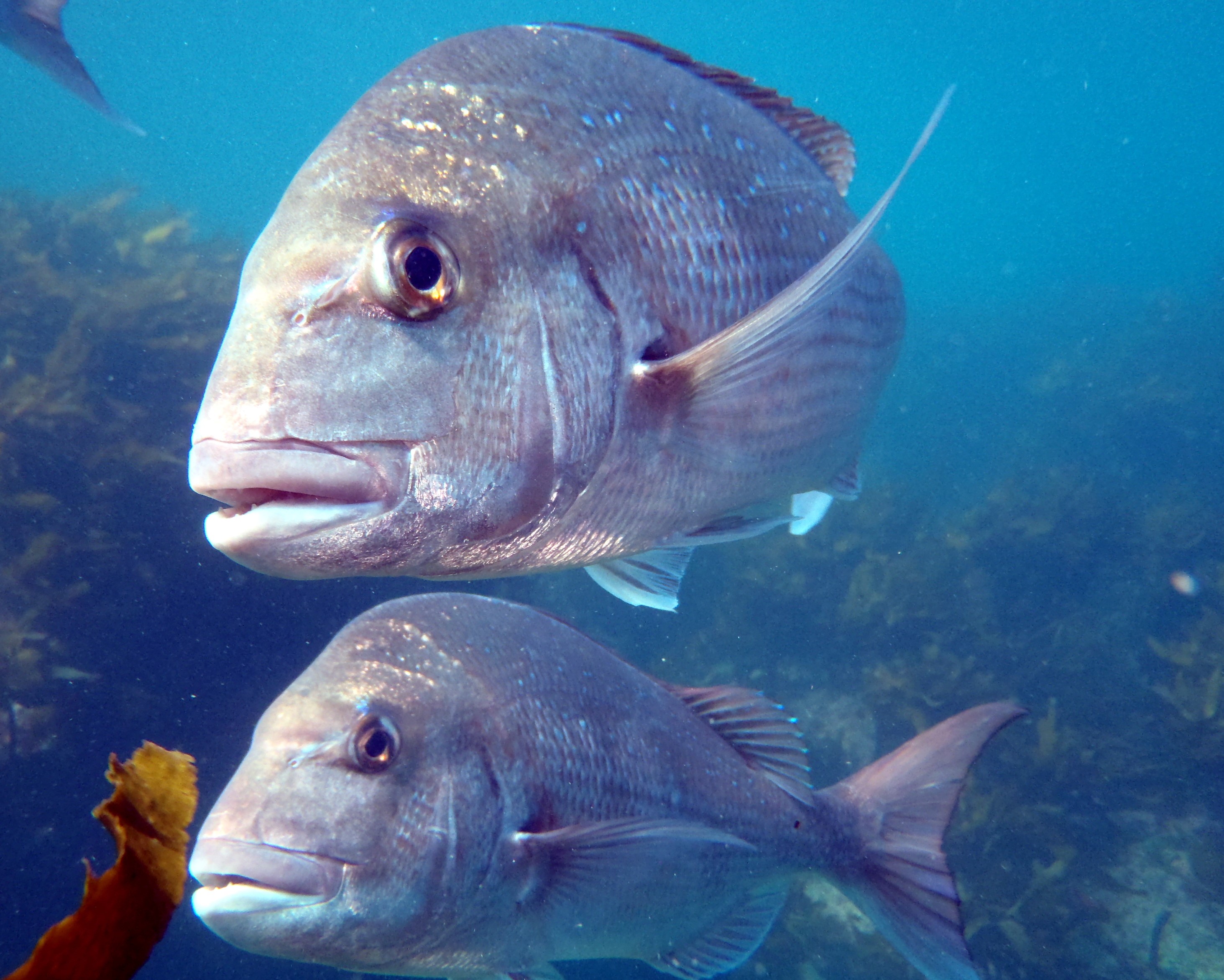Ecological changes caused by marine non-indigenous species: Waitematā Harbour case study

The purpose of this investigation was to determine whether invasions in soft-sediment habitats of the Waitematā Harbour have affected key ecosystem functions to the extent that (1) resistance to new invasions has been compromised, and (2) ecosystem services have been affected.
The study focused on three objectives:
- To characterise species changes that have occurred in the Waitematā Harbour since the 1930's by reviewing published research and any other available data.
- To develop a model of the effects of non-indigenous species and other stressors on the benthic assemblages of Waitematā Harbour.
- To undertake field studies to ground truth the model and to investigate the impact of species changes at higher trophic levels (particularly snapper).
This study of marine soft-sediment habitats was divided into two separate parts: intertidal and subtidal. The intertidal work involved a re-analysis of previously existing data, while the subtidal work involved the development and evaluation of a model.
The findings from this study showed that the intertidal flats in the Waitematā Harbour had a relatively low abundance and occurrence of non-native species, with greatest numbers occurring in the Upper Harbour (far from the Port of Auckland). The species tended to occur in muddy habitats that had low numbers of native species.
In contrast, subtidal habitats in the Waitematā Harbour were highly invaded, with two bivalve molluscs - the Asian date mussel (Arcuatula senhousia) and Asian semele (Theora lubrica) - predominant.
Read more about the Asian date mussel.
Snapper, known for their broad diets, were found to have high numbers of non-native species in their guts. Although several non-native species co-occurred at subtidal sites in the outer Harbour, there was no evidence that they facilitated each other. For example, the Asian semele tended to be less abundant where there were high densities of the Asian date mussel. Despite this, the model suggested that human impacts on the Waitematā Harbour ecosystem may have made it easier for non-native species to establish by changing the densities of important native benthic species.
Additional reading
-
Lohrer, D., Townsend, M., Morrison, M., Hewitt, J. (2008). Change in the benthic assemblages of the Waitemata Harbour. MPI Technical paper No: 2008/17. 56 p. ISBN: 978-0-478-33823-2 [PDF 1.5 MB]